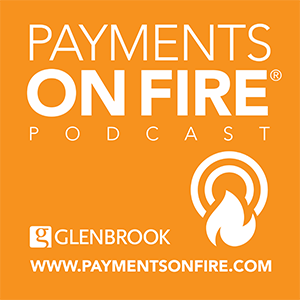The merchant acquiring industry continues its large scale shift from a payments-led to an operations-led purchasing decision for the merchants it serves. Historically based on independent sales organizations (ISOs) and non-bank acquirers, the party that increasingly provides payment acceptance is the independent software vendor (ISV).
This makes sense for a number of reasons:
- Software is Vertical. Today, the first IT choice more merchants make is the software they use to run their business. This makes sense. Tools that improve overall business operations have a greater impact on success than the comparatively minor differences among payment providers. Auto parts stores need inventory management. Salons need scheduling. Ice cream and coffee shops need quick order entry. Daycare providers need security controls.
- Payments are Horizontal. Every merchant, regardless of its segment, needs to take payments. While many segments have particular requirements for payments, payment acceptance alone is a commoditized service.
- The ISV is the First Point of Contact. Given its primary role, the ISV has moved into an excellent position to sell and profit from payment acceptance.
- Taking a Back Seat in Selling, Payments is Infrastructure. The payments industry has multiple ways of enabling ISVs to sell payments. The ISV may use a gateway to reach multiple acquirers with the gateway itself selling value-added capabilities in areas like fraud management. The ISV may use the payfac model for fast onboarding of new merchants. The ISV may, itself, become an ISO. Multiple forms of business relationship all provide some measure of revenue sharing with the ISV.
Differentiation in Payments Via New Paths
Differentiation based on value-added services drive revenue in payments. For that reason, we have seen non-bank acquirers and ISOs focus on particular vertical market segments to drive and secure long term revenues. A decade and more ago, Heartland Payment Systems (acquired by Global Payments) doubled down on the restaurant vertical by developing special services for restaurant operators as well as acquiring restaurant-focused ISVs. That lesson has been learned by many since.
Over the last few years, differentiation has also stemmed from how well the payments provider serves the ISV and its developers. Integration of payment services both into the ISVs code and within the provider’s own code base is important. A single API that exposes all of a provider’s services is preferable to integration work requiring knowledge of an API tied to each function. Micro-services based capability is also welcome.
Payment Facilitation as Enabler
While not, in and of itself, a new approach, the payment facilitation model is a major enabler of payment service delivery via ISVs. The payfac model is based on network rules that allows an intermediary to act as the merchant of record in order to provide payment system access to smaller merchants. PayPal did this first for ecommerce merchants. Stripe is another card not present example. Square used the payfac model to offer sellers in the physical world access to card acceptance.
ISVs who become payfacs assume responsibility for the activity of their small merchant customers. So, choosing to become a payfac has its complexities and risks. A number of providers, including Finix, bring expertise in the payments facilitation model to help ISVs make that decision.
In this Payments on Fire®, take a listen to Glenbrook’s Nicole Pinto, Drew Edmond, and Finix CEO and founder Richie Serna as they discuss the payfac phenomenon and the larger shift to the ISV as payments provider. This is a cool conversation about a sea change event in the merchant services industry.




